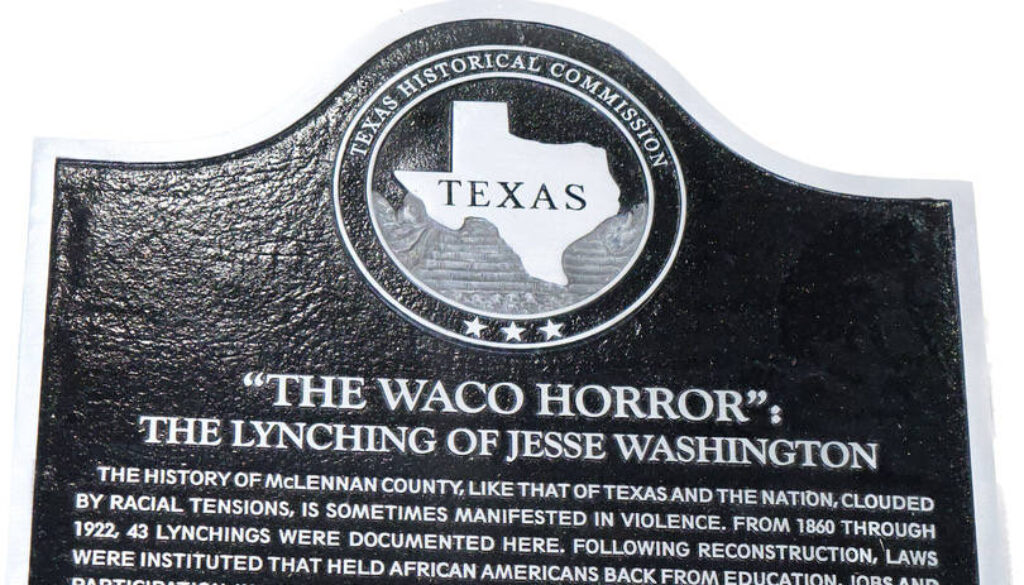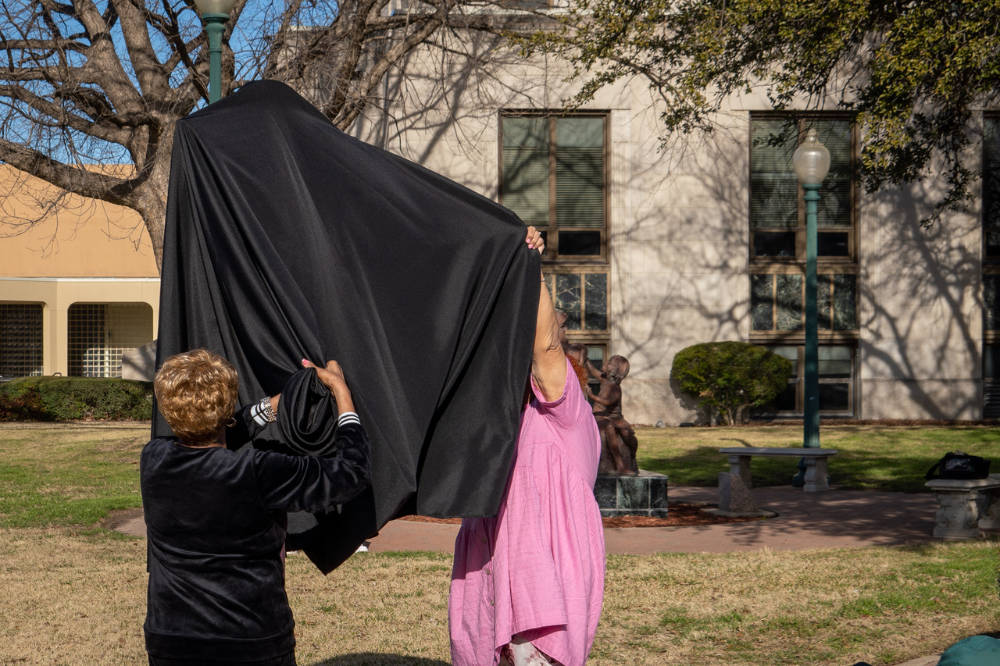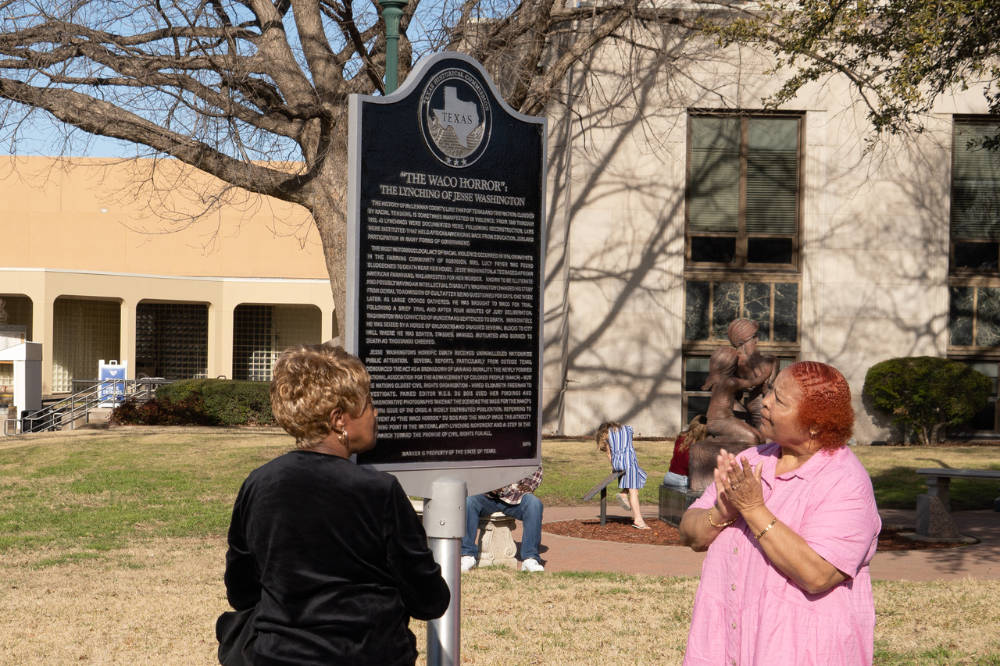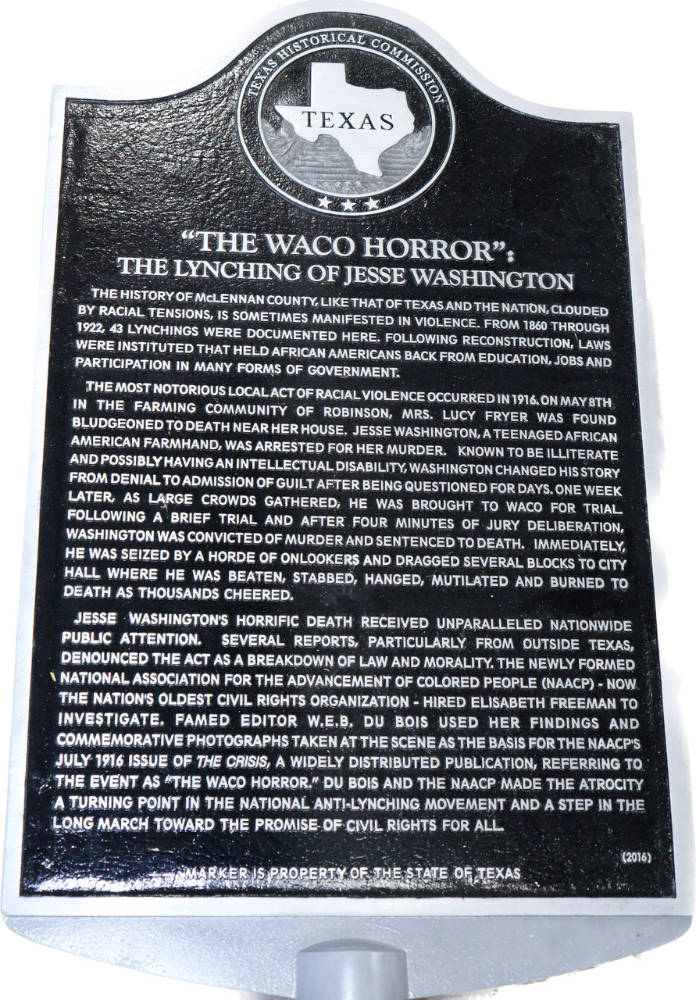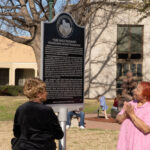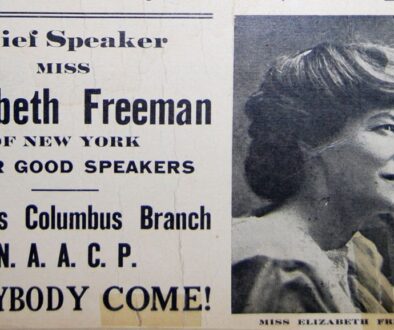Historical Marker for Jesse Washington
Patricia Bernstein, author of the First Waco Horror, detailing Elisabeth Freeman’s efforts to investigate the lynching of Jesse Washington sent this news:
I just wanted to let you know that a historical marker will be dedicated Feb. 13 in Waco commemorating the lynching of Jesse Washington in 1916. Jesse Washington lynching marker ready to be dedicated at Waco City Hall I think Jesse’s terrible story would have long ago faded away, had it not been for Elisabeth.
Jesse Washington marker installed February 12, 2023
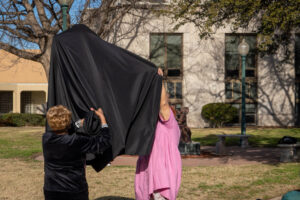
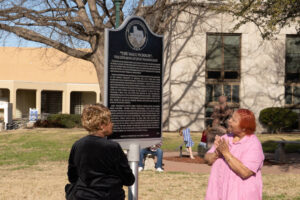
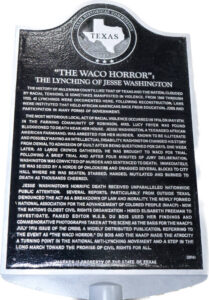
In the photos: On the right, Shirley Bush, a cousin of Jesse Washington; Left, Nona Kirkpatrick, grand niece of Sank Majors, who was falsely accused of rape and hanged from the Washington Avenue Bridge in 1905 in downtown Waco. Photos by Tim Welter
Text of Jesse Washington Marker:
“The Waco Horror”
The Lynching of Jesse Washington
The history of Mclennan County, like that of Texas and the nation, clouded by racial tensions, is sometimes manifested in violence. From 1860 through 1922, 43 lynchings were documented here. Following reconstruction, laws were instituted that held African Americans back from education, jobs and participation in many forms of government.
The most notorious local act of racial violence occurred in 1916. On May 8th in the farming community of Robinson, Mrs. Lucy Fryer was found bludgeoned to death near her house. Jesse Washington, a teenaged African American farmhand, was arrested for her murder. Known to be illiterate and possibly having an intellectual disability, Washington changed his story from denial to admission of guilt after being questioned for days. One week later, as large crowds gathered, he was brought to Waco for trial. Following a brief trial and after four minutes of jury deliberation, Washington was convicted of murder and sentenced to death. Immediately, he was seized by a horde of onlookers and dragged several blocks to city hall, where he was beaten, stabbed, hanged, mutilated and burned to death as thousands cheered.
Jesse Washington’s horrific death received unparalleled nationwide public attention. Several reports, particularly from outside Texas, denounced the act as a breakdown of law and morality. The newly formed National Association for the Advancement of Colored People (NAACP) – now the nation’s oldest civil rights organization – hired Elisabeth Freeman to investigate. Famed editor W.E.B. Du Bois used her findings and commemorative photographs taken at the scene as the basis for the NAACP’s July 1916 issue of The Crisis, a widely distributed publication, referring to the event as “The Waco Horror.” Du Bois and the NAACP made the atrocity a turning point in the national anti-lynching movement and a step in the long march toward the promise of civil rights for all.
Thanks to Jo Welter of the Community Race Relations Coalition in Waco for getting the photos and information regarding the installation of the Jesse Washington marker.



